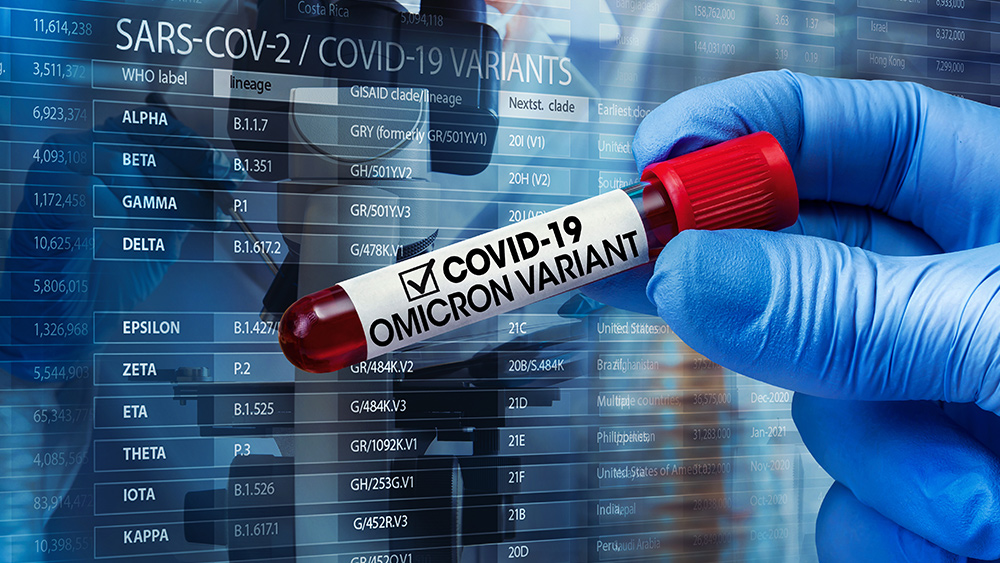Nearly 90% of seabirds have plastic in their guts – Australian scientists

As many as nine out of 10 of the world’s seabirds likely have pieces of plastic in their guts, a new study estimates.
Previously, scientists figured about 29 percent of seabirds had swallowed plastic, based on older studies. An Australian team of scientists who have studied birds and marine debris for decades used computer models to update those figures, calculating that far more seabirds are affected, according to a new study published Monday in the journal Proceedings of the National Academy of Sciences.
“It’s pretty astronomical,” said study co-author Denise Hardesty, senior research scientist at the Australian federal science agency. She said the problem with plastics in the ocean is increasing as the world makes more of the stuff. “In the next 10 years we will make as much plastic as has been made since industrial plastic production began in the 1950s.”
She combined computer simulations of locations of the garbage and the birds, as well as their eating habits, to see where the worst problems are.
Hardesty’s work found that the biggest problem strangely isn’t where there’s the most garbage, such as the infamous garbage patch in the central north Pacific Ocean. Instead it’s where there’s the greatest number of different species, especially in the southern hemisphere near Australia and New Zealand.
That’s… shocking. To say the least.
We might be making our oceans completely uninhabitable for most life. At least life that benefits us, and the rest of global ecology. Jellyfish will find some way of surviving, most likely.


